These daggers were copied in the 19th century, but original ones are rarely found on the market.
BLADE: flat blade, the back of which is cut by 10 notches intended to block the opposing blade. The point ends in "carp tongue"
The edge is sharp, and its concave wear shows that the dagger has long time been used for its "cutting side." and that the edge has undergone many sharpening. (probably used as a hunting dagger to cut pieces of meat)
This is an excellent sign of authenticity. Blade length = 25.5 cm Blade thickness = approximately 3 mm
GUARD: It has 2 branches in the shape of "S", which end in button quillons. The whole is decorated with oblique grooves. A ring protects the hand. The oxidation of this guard is indisputably old.
POMMEL : it is spheroidal, with grooves which show the same decorative motif as on the cross guard. Riveting is old.
GRIP : It is made of wood covered with leather, according to the fashion of the time for combat daggers. This leather is hardened and dry.
This use of leather to cover the grip is typical of the 16th century time: 19th century fabrications are mounted with iron filigree wire.
In conclusion, ithis is a dagger known as "swordbreaker" but it would be more correct to call it "catch-blades" because the technique of combat consisted in wedging the blade of its adversary in one of the hollows between them. teeth, and then to pull violently, which completely unbalances the partner forward, making him vulnerable.
The piece is homogeneous, and the appearance of the metal leaves no doubt about the age.




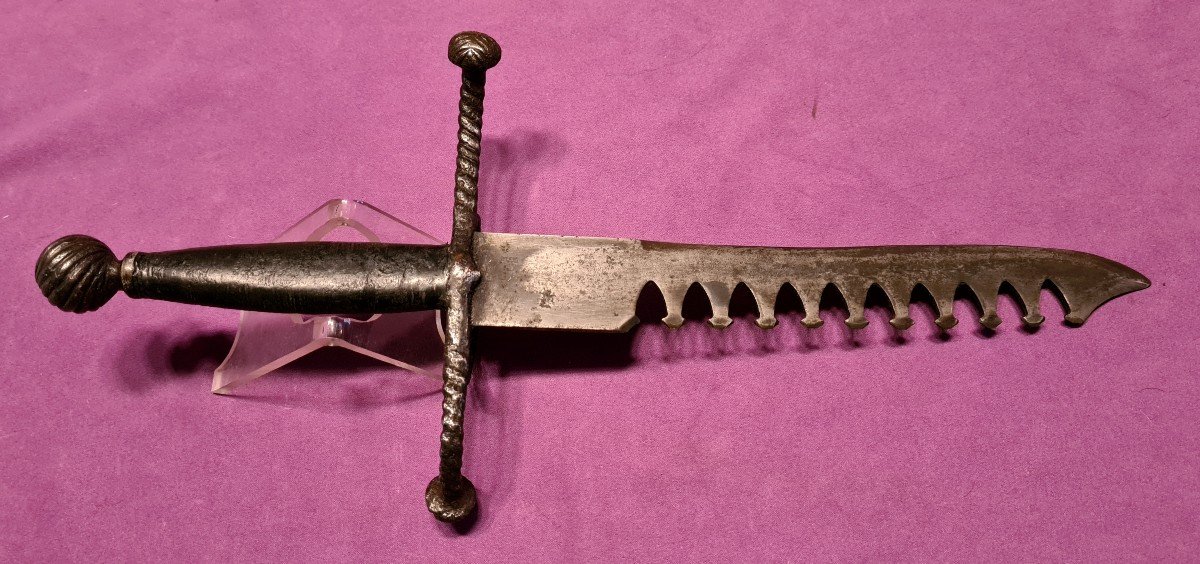
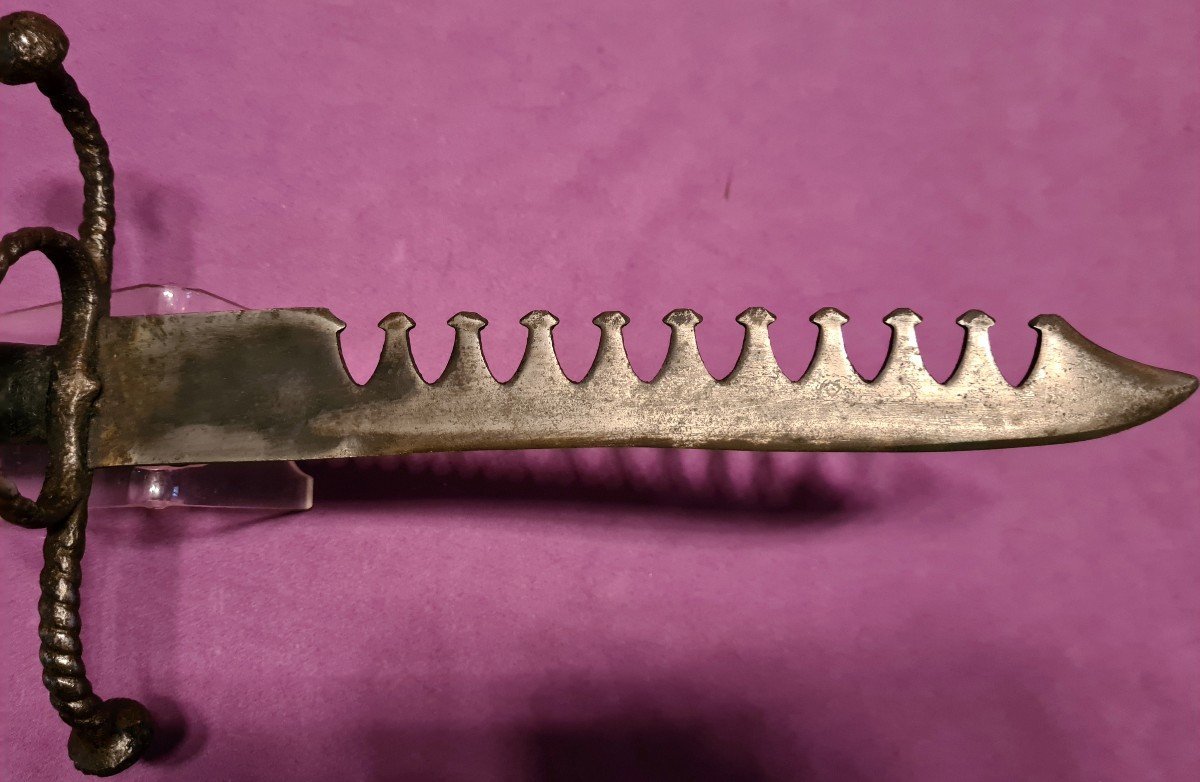






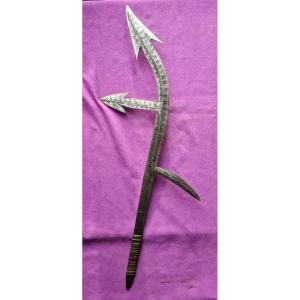
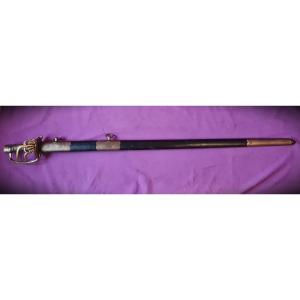

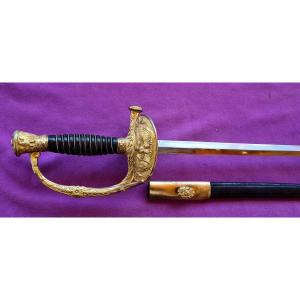










 Le Magazine de PROANTIC
Le Magazine de PROANTIC TRÉSORS Magazine
TRÉSORS Magazine Rivista Artiquariato
Rivista Artiquariato
